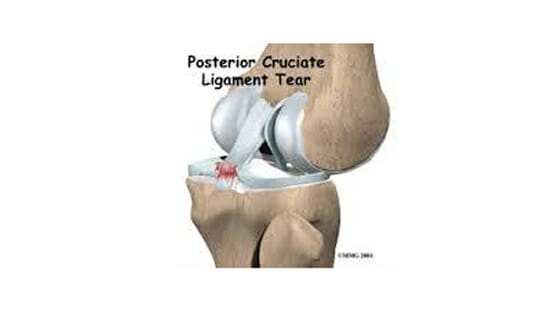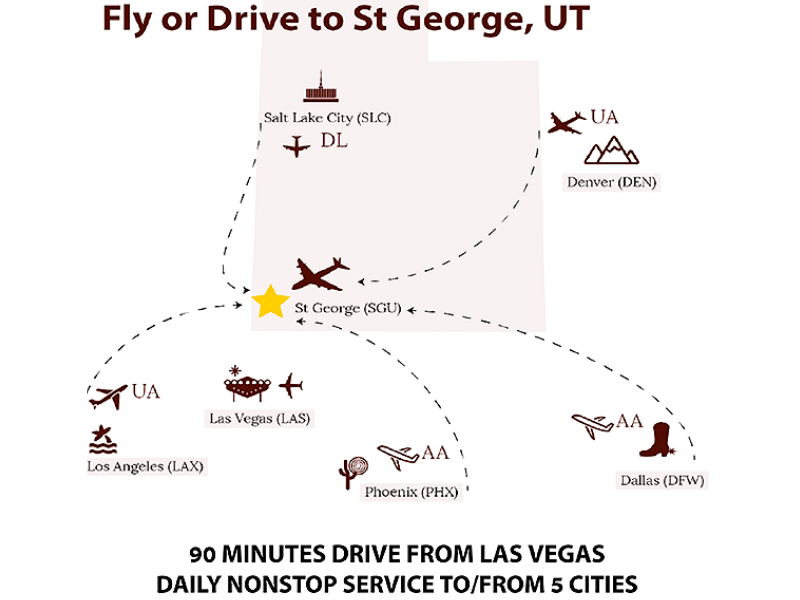Posterior Cruciate Ligament (PCL) Reconstruction (Includes Implants & Hardware)
Posterior Cruciate Ligament (PCL) Reconstruction
A Posterior Cruciate Ligament (PCL) Reconstruction injury is a partial or complete tearing or stretching of any part of the posterior cruciate ligament (PCL), which is located inside the knee joint. The posterior cruciate ligament (PCL) is located toward the back of the knee, and is one of several ligaments that connect the femur (thighbone) to the tibia (shinbone). The posterior cruciate ligament keeps the tibia from moving backwards too far. PCL injury usually occurs with a sudden, direct impact, such as in a car accident or during a football tackle.
Knee ligament repair or reconstruction is a treatment for a complete tear of a knee ligament that results in instability in the knee. People with a torn knee ligament may be unable to do normal activities that involve twisting or turning at the knee. The knee may buckle or “give way.” If medical treatments are not satisfactory, ligament repair or reconstruction surgery may be an effective treatment
Before the Procedure
- Your doctor will explain the procedure to you and offer you the opportunity to ask any questions that you might have about the procedure.
- In addition to a complete medical history, your doctor may perform a complete physical examination to ensure you are in good health before undergoing the procedure. You may undergo blood tests or other diagnostic tests.
- Notify your doctor if you are sensitive to or are allergic to any medications, latex, tape, or anesthetic agents (local and general).
- Notify your doctor of all medications (prescribed and over-the-counter) and herbal supplements that you are taking.
- You will be asked not to eat or drink anything for six to twelve hours before the procedure, generally after midnight.
- You may receive a sedative prior to the procedure to help you relax. Because the sedative may make you drowsy, you will need to arrange for someone to drive you home.
- You may meet with a physical therapist prior to your surgery to discuss rehabilitation.
- Arrange for someone to help around the house for a week or two after you are discharged from the hospital.
FAQS
Frequently asked questions about surgical procedures
Can I use my insurance and get these prices?
Payment is due 14 calendar days prior to your surgery date. If, after the cutoff, your account is not settled, your case must be postponed.
How quickly can I have surgery?
How will I meet my surgeon?
If I had a car or work accident, would you work with my employer or attorney for payment?
What if I get sick right before my surgery?
You could develop a respiratory infection, a urinary tract infection, COVID, or some other condition that may necessitate postponement. There is no penalty when this happens.
What’s Included:
- Facility fee
- Graft and hardware costs (if needed)
- Surgeon and assistant surgeon fees
- Anesthesiologist
- Time in the recovery unit (at no additional charge)
- Initial consultation visit
- One post-operative visit
*Please note: If you choose not to proceed with surgery after the initial consultation, or if you delay your procedure for more than 6 weeks, you will need to update your consultation at a cost of $375.
What’s not included:
- Lab testing before and after the surgery, as needed
- Electrocardiogram (EKG), depending on age. If you had one elsewhere in the past 6 months and it read “normal”, we can forego this expense.
- Imaging costs. X-rays and MRIs can be obtained anywhere.
- Physical therapy services
- Medications you’ll need (oral or IV antibiotic infusions if an infection arises)
- Wound care
- Bracing supplies
- Additional doctor visits (a pre-operative visit with the surgeon, in person, and any required post-op follow-ups after the suture removal to monitor your progress
- Additional surgical intervention if a complication arises
- Additional imaging or hospital care if a blood clot develops
Surgery
- The operation is sometimes done as an “open” surgery. This requires a large incision in the knee.
- A less invasive option involves a tool called an arthroscope. The surgeon uses smaller incisions.
- If a piece of bone is torn off, a surgeon may fasten the bone back into place using a screw.
- A piece of tendon moved from somewhere else in the body, such as the back of the thigh or heel.
- Surgery for a torn PCL requires replacing it with new tissue rather than stitching together the torn ligament. The ligament may be replaced with tissue from a deceased donor.

What to expect after your surgery
Recovery After the Procedure
After the surgery, you will be taken to the recovery room for observation. Your recovery process will vary depending on the type of anesthesia that is given. Once your blood pressure, pulse, and breathing are stable and you are alert, you will be taken to your hospital room or discharged to your home. Knee ligament repair is usually done on an outpatient basis. You may be given crutches and a knee immobilizer before you go home. Once you are home, it is important to keep the surgical area clean and dry. Your doctor will give you specific bathing instructions. The stitches or surgical staples will be removed during a follow-up office visit.
Take a pain reliever for soreness as recommended by your doctor. Aspirin or certain other pain medications may increase the chance of bleeding. Be sure to take only recommended medications. To help reduce swelling, you may be asked to elevate your leg and apply an ice bag to the knee several times per day for the first few days. Your doctor will arrange for an exercise program to help you regain muscle strength, stability, and range of motion.
Notify your doctor to report any of the following:
- Fever, Redness, or swelling
- Bleeding, or other drainage from the incision site
Increased pain around the incision site
Recovery from the surgery and rehabilitation may take several months.
Your doctor may give you additional or alternate instructions after the procedure, depending on your particular situation.
Risks of the Procedure
As with any surgical procedure, complications can occur. Some possible complications may include, but are not limited to, the following:
- Bleeding
- Infection
- Blood clots in the legs or lungs
- Continued knee laxity or stiffness
Can I Travel to St George for Surgery?
Yes, and we’ll help you make all your arrangements.
- We have arrangements to try to obtain free flights through a non-profit volunteer pilot organization. We can do this with 10 days’ advance notice in most cases.
- We have discount codes for the Holiday Inn in town. This hotel is 1.5 miles from the surgery center and 2 miles from our clinic.
- We’ll arrange to send your after-surgery medications to your hometown pharmacy for pickup before you leave.
What if I would rather drive to St George?
No problem, we can help with those plans as well. When you have surgery with us, we’ll need to make sure you’re safe and comfortable after surgery. We’ll arrange cold compression therapy that requires an AC/DC adaptor/transformer and frequent stops to stretch and refill the ice reservoir on the road.
We’ll ask about the vehicle you’ll travel in to ensure you have a way to elevate and stretch out in the vehicle on the road while someone else does the driving.

How are follow-up and initial consultations handled?
In-person and telehealth consultations are possible with the surgeon to whom your case is assigned. The initial visit is included in the surgical package and is valued at $375.
We can also obtain the flights from the volunteer pilot nonprofit if you’d like to come for initial and follow-up visits in person. One follow-up visit is included in the surgical package at a value of $175. Any additional visits are charged at the time of service to your credit or debit card.
Transparent Pricing Guide
Find out the exact cost of your procedure in seconds, with no hidden fees, no surprises, and complete transparency every step of the way.
